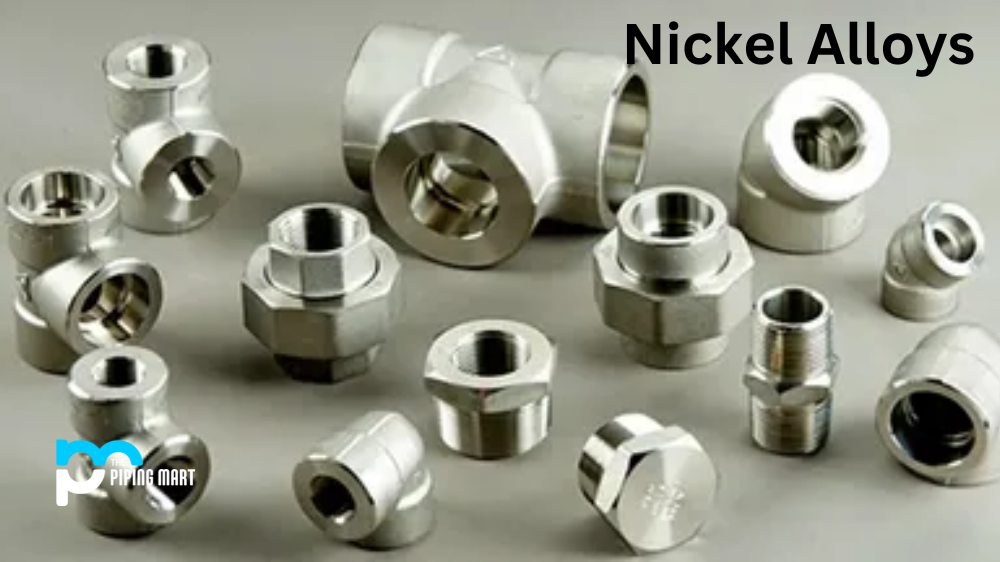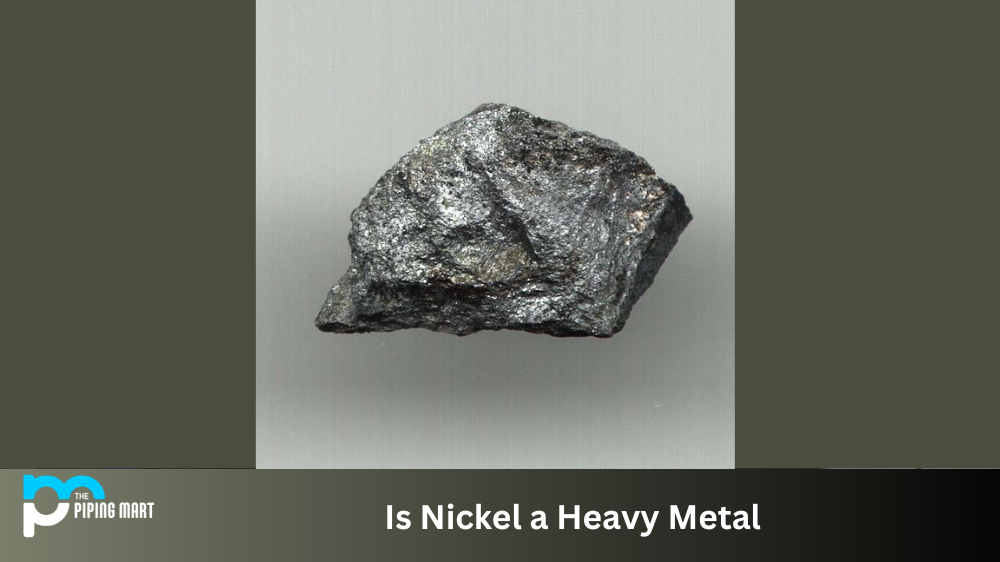Nickel-based alloys are widely used in applications that require high-temperature resistance, corrosion resistance, and excellent mechanical properties. However, these alloys do not possess their desired performance characteristics right out of the furnace. Heat treatment is necessary to achieve the desired properties of these alloys. In this blog post, we will discuss the importance of heat treatment in nickel-based alloys and how it improves their strength and performance.
What is Nickel Alloy?
Nickel alloy, also known as Ni-alloy, contains nickel as the primary element, along with other elements such as chromium, manganese, copper and iron. It is widely used in various industries due to its unique properties, such as high resistance to corrosion and high-temperature strength.
One key advantage of nickel alloy is its remarkable ability to withstand harsh environments and corrosive conditions. This makes it ideal for numerous applications in aerospace, oil and gas, chemical processing, and power generation.
Adding other elements to nickel in different proportions creates alloys with varying characteristics suitable for diverse purposes. For instance, I am adding chromium results in stainless steel with exceptional corrosion resistance. On the other hand, combining copper with nickel produces an alloy with excellent electrical conductivity, making it ideal for electrical components.
Nickel alloys can be further categorized into different types based on their compositions, including pure or low-alloyed nickel (types 200/201), monel (types 400/405), Inconel (type 600), Hastelloy (type C276), Incoloy (type 800) among others. Each type has unique properties that make them valuable for specific applications.
The Key Role of Heat Treatment in Strengthening Nickel-Based Alloys
Why Nickel-Based Alloys Need Heat Treatment
Nickel-based alloys require heat treatment for several reasons. One crucial reason is to improve their mechanical properties, including strength, ductility, and toughness. Heat treatment also influences the alloys’ microstructure and chemical composition, which affects its corrosion resistance and machinability. Additionally, heat treatment can relieve internal stresses that develop during the manufacturing or processing of the alloys.
The Types of Heat Treatment Used for Nickel-Based Alloys
There are various heat treatments that can strengthen and improve the properties of nickel-based alloys. Two of the most common are annealing and precipitation hardening. Annealing involves heating the alloy to a specific temperature and holding it there for an extended period, then cooling it slowly. This process eliminates internal stresses and improves ductility. Precipitation hardening involves heating the alloy to a specific temperature, then quenching it quickly in water or oil. This process increases the alloy’s strength by inducing small particles to precipitate from the material. Other heat treatments used in nickel-based alloys include quenching and tempering, solution treatment, and aging.
Heat Treatment Parameters in Nickel-Based Alloys
The heat treatment process involves controlling the temperature, time, and cooling rate. These parameters are critical to ensuring that the nickel-based alloys achieve their desired properties. For example, annealing requires precise control of the cooling rate to prevent the alloy from becoming brittle. Precipitation hardening requires specific temperatures and aging times to induce precipitation particles to strengthen the material. A slight deviation from the specified heat treatment parameters can result in undesired mechanical and physical properties.
Benefits of Heat Treatment in Nickel-Based Alloys
Heat treatment improves the mechanical and physical properties of nickel-based alloys, making them more suitable for high-temperature applications. Annealing improves ductility, allowing the material to handle deformation without breaking. Precipitation hardening improves the alloy’s strength and reduces the chances of cracking at high temperatures. Additionally, heat treatment can improve corrosion resistance, machinability, and reduce internal stresses.
Conclusion:
Heat treatment plays a crucial role in improving the strength, ductility, and toughness of nickel-based alloys. Nickel-based alloys require heat treatment to deliver the desired properties for high-temperature applications. Knowing the appropriate heat treatment process is essential to ensure optimal performance and avoid undesired changes in mechanical and physical properties. This process is worth the investment in the long run, given the potential cost savings and increased performance. If you need to improve the properties of your nickel-based alloys, consider heat treatment as your solution.

A passionate metal industry expert and blogger. With over 5 years of experience in the field, Palak brings a wealth of knowledge and insight to her writing. Whether discussing the latest trends in the metal industry or sharing tips, she is dedicated to helping others succeed in the metal industry.




